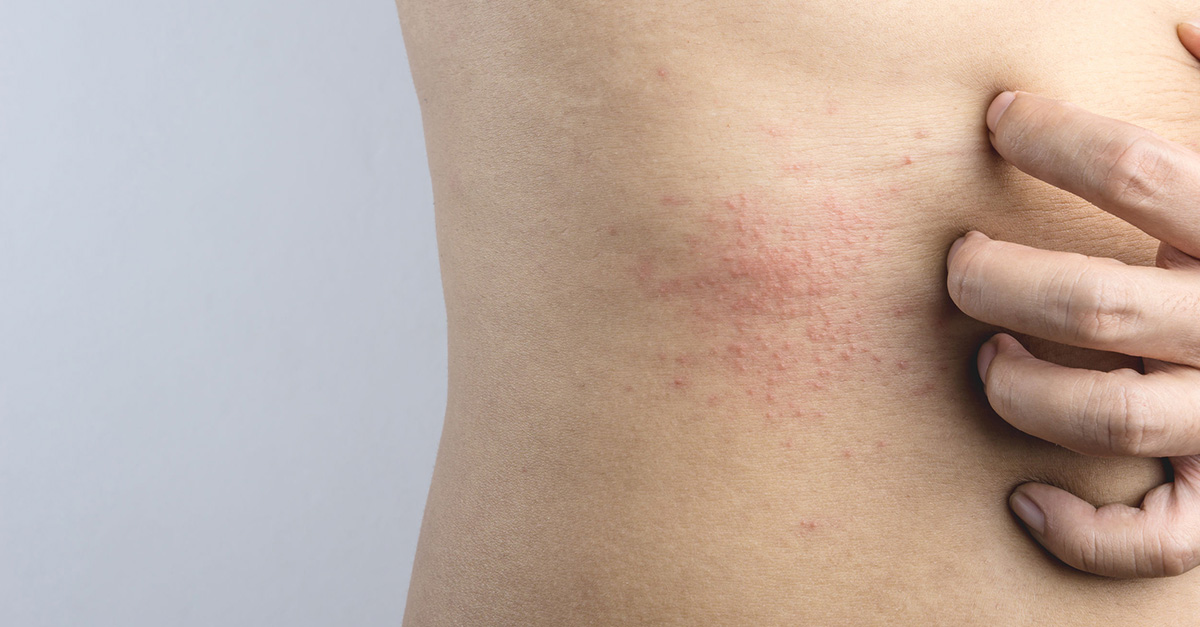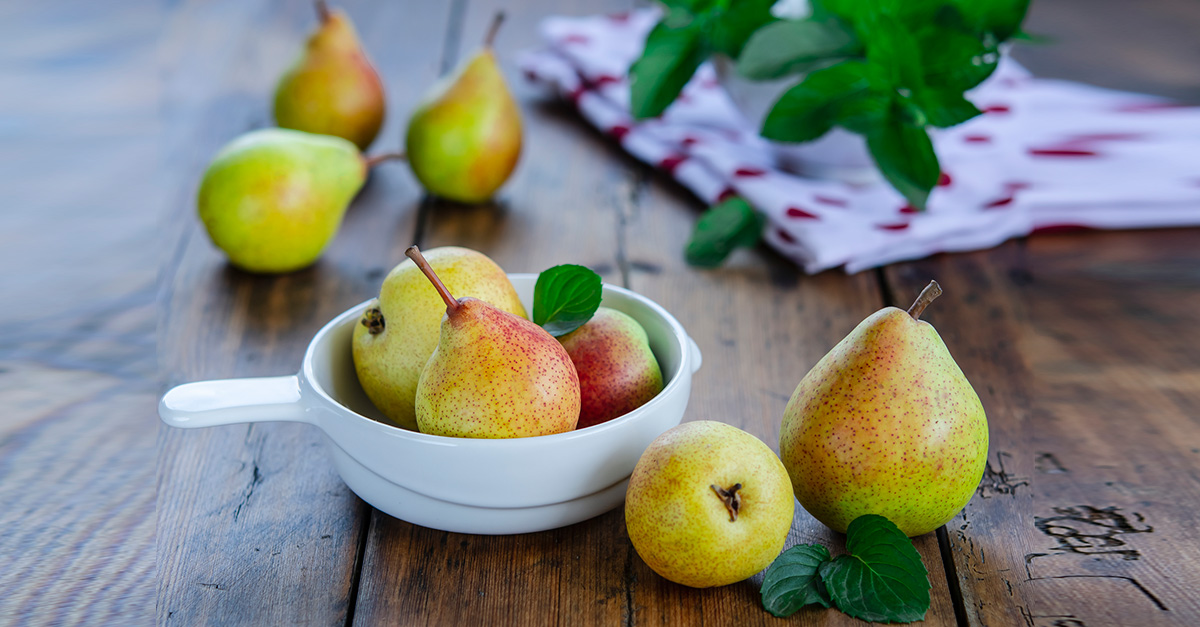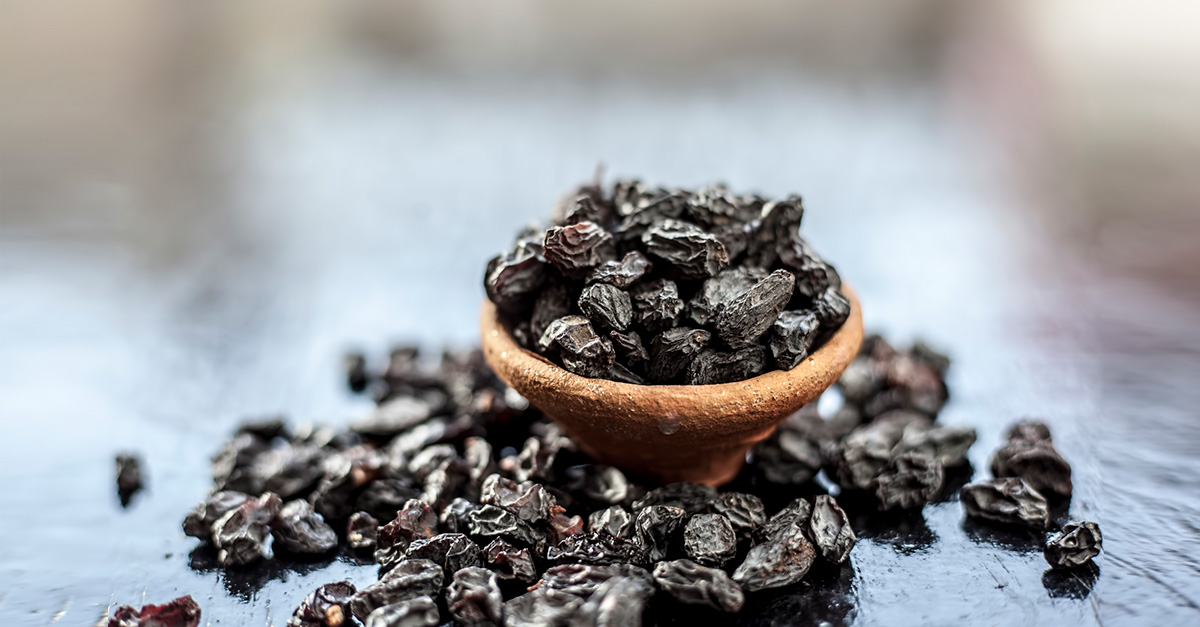Heat lumps are a skin condition that occurs when sweat gets trapped in the skin. When this happens, the sweat glands located in the middle part of the epidermis get clogged and begin to malfunction.1 Heat lumps look like rashes that may be inflamed or cause discomfort. They are also called as prickly heat rash and often occur on legs, buttocks, stomach, armpits and can develop anywhere on the body where air flow is restricted.
Heat lumps generally form in areas where skin-to-skin contact is constant, such as under the breasts, inner thighs, around the groin or in the skin folds on the neck. Babies are more vulnerable to develop heat rash as their pores are underdeveloped.2 When the deeper layers of the epidermis are infected because of prolonged outbreaks, itchiness develops. Here are the common causes and remedies to treat prickly heat lumps and bumps.
Causes Of Heat Lumps

Various factors are responsible for the occurrence of heat lumps, which generally happen in warmer months, in warmer climates, and after an intense workout. Even wearing certain types of clothes that prevent proper sweating or trap sweat, and using thick lotions and creams can also cause heat lumps. Other causes include,
- Fabrics like wool, which prevent evaporation of perspiration
- Some prescription drugs used to treat bladder problems, high blood pressure, acne, ADHD, and many types of cancers
- Creams and ointments that clog sweat ducts and skin pores
- Hot and humid weather in tropical climates
- Immature sweat ducts
- Long periods of inactivity, which traps and causes sweat accumulation
- Overheating due to wearing too many layers of clothes or using an electric blanket while sleeping
- Strenuous activities or intense exercise or that cause excessive perspiration
Home Remedies To Treat Heat Lumps
Heat rash or lumps usually disappear on their own without requiring any medical intervention. But, if the condition persists for over a week, then consult a dermatologist to ascertain the exact cause and for appropriate treatment.
1.
Oatmeal Bath
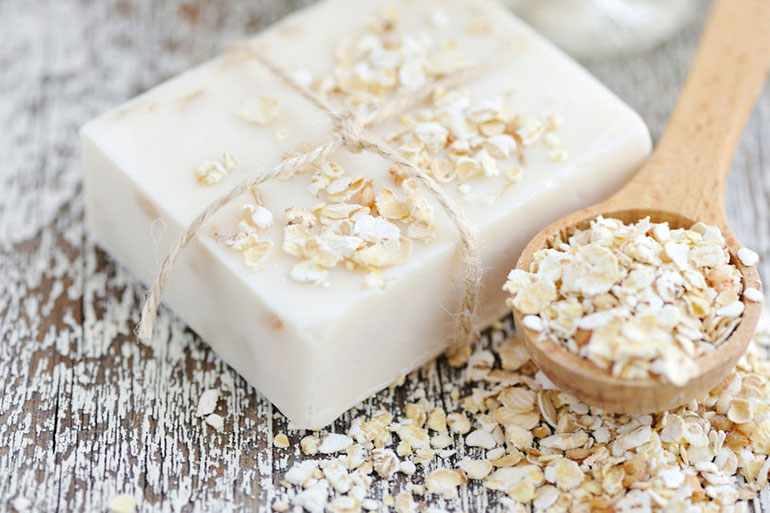
Oatmeal is an effective remedy that helps treat heat lumps. Oatmeal will help to exfoliate the skin and clear the blocked sweat ducts.3
Directions
- Add 2 cups of oatmeal into your bath water.
- Soak your body in the bathtub for 15 minutes or use the oatmeal to scrub the affected areas gently.
2. Baking Soda
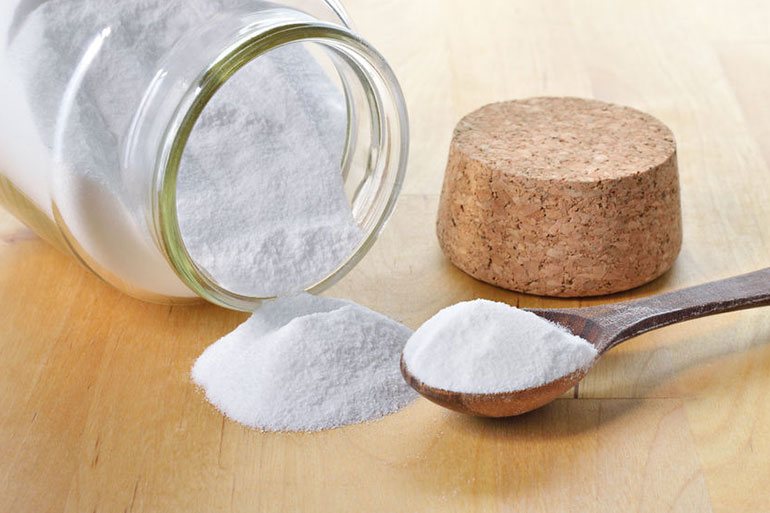
Baking soda is effective in reducing skin inflammation and soothes itching or burning sensation.
Directions
- Mix 1 teaspoon baking soda in a cup of cold water.
- Dip a clean towel into the solution and gently squeeze excess water.
- Dab it gently over the heat lumps four times a day for relief from irritation.
3. Watermelon

Watermelon contains β-carotene and lycopene, which are carotenoids in human tissue and blood that can modulate skin properties. Watermelon also contains antioxidants that exert anti-aging effects on the skin. They protect skin from sunburn and prickly heat by enhancing the basal defense against UV radiations. You can even just drink a glass of crushed watermelon juice.
Directions
- Remove the seeds of a watermelon and mash the pulp.
- Apply this pulp on the lumps for instant relief.
4. Aloe-Vera
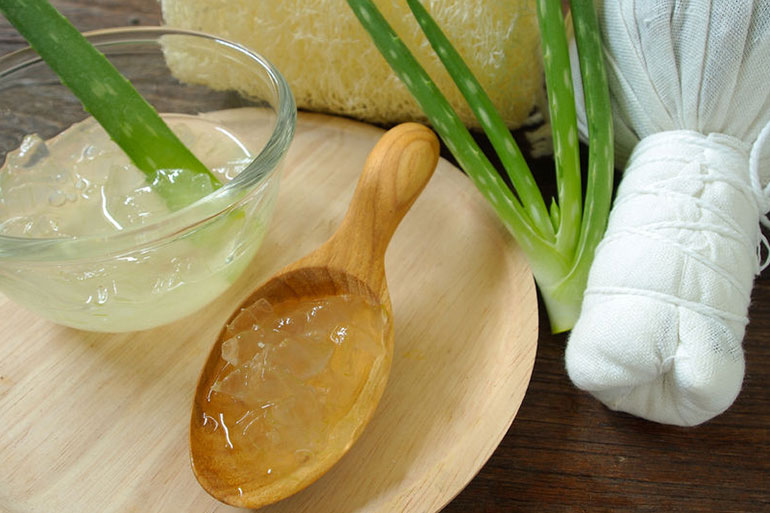
Aloe-Vera is one of the best home remedies for numerous skin conditions. It has many medical properties, which help treat heat lumps with a cooling effect.
Directions
- Collect some fresh aloe-vera gel from aloe-vera leaves.
- Apply it thoroughly over the affected area and allow it for 30 minutes before washing with cool water.
5. Chickpea Flour

Chickpea flour, also called as gram flour, helps in cleansing the skin by removing the impurities that clog the pores and exfoliates the dead skin cells.
Directions
- Make a thick paste of chickpea flour using some water.
- Apply the paste on to the affected skin and leave it for 15 minutes.
- Using cool water, wash off the paste.
6. Cornstarch
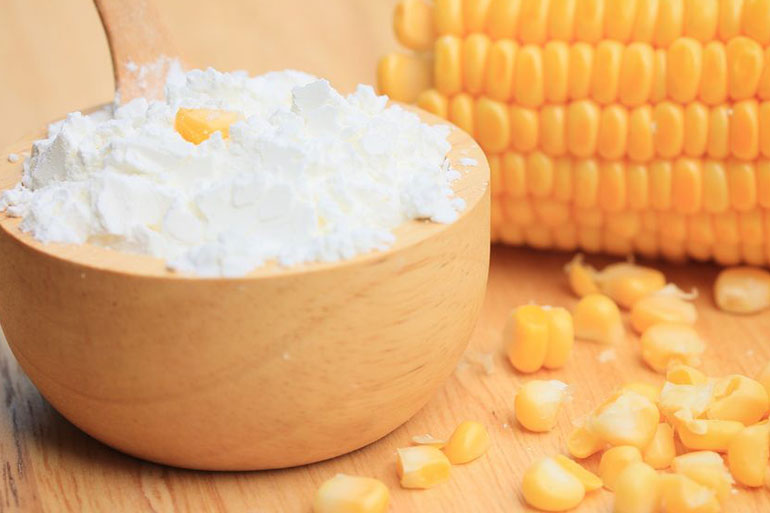
Cornstarch absorbs the excess sweat and sebum, which prevents the pores from getting clogged and causing more rashes.
Directions
- Mix 2 teaspoons of cornstarch or corn flour with some water and make a smooth paste.
- Apply this paste on the affected area and allow it to dry for 30 minutes and then wash it with cold water.
7. Ginger
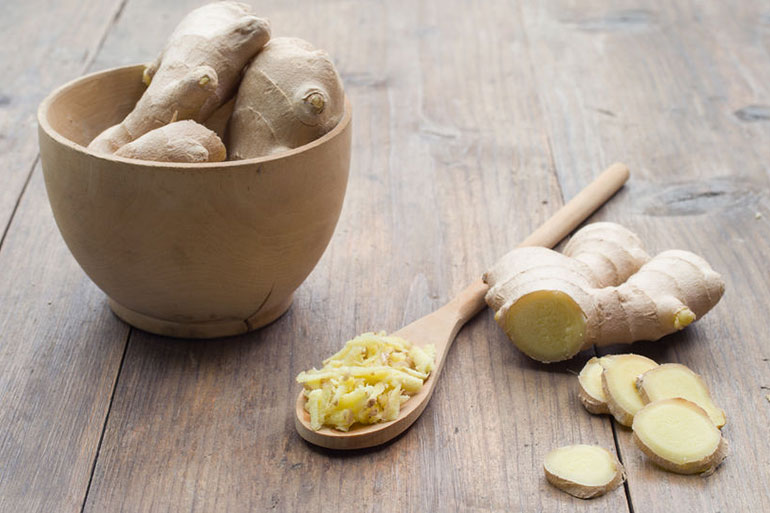
Besides culinary purposes, ginger is highly valued because of its numerous medicinal and therapeutic properties. It soothes the stinging sensation caused due to prickly heat because of its anti-inflammatory properties.
Directions
- Crush some fresh ginger root and allow it to boil in a cup of water.
- Once the water cools down, wipe your skin with this solution using a soft cloth or sponge.
8. Raw Potato

Raw potato works as an emollient and soothes the itchy and prickly sensation. It also heals the red, dry, and rough spots on the skin.
Directions
- Cut the potato into thin slices.
- Place them on the affected area for 10-15 minutes.
- Remove them and rinse the area with cool water.
9. Lime Juice
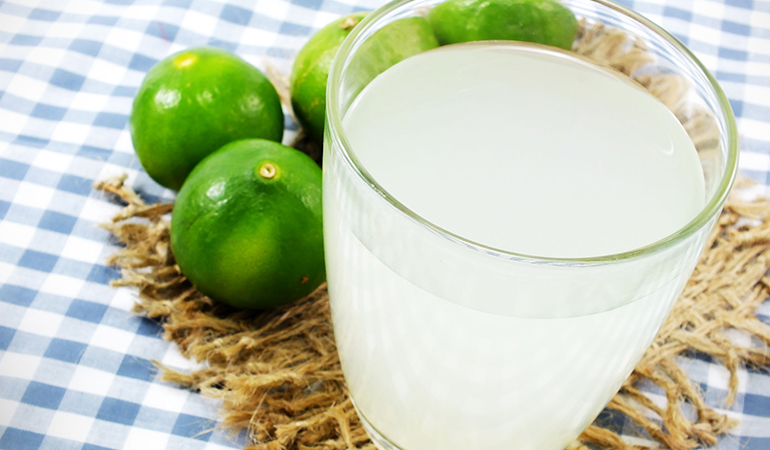
The potent antioxidants in lime juice can help hasten the healing process of heat rashes and improves skin health.
Directions
- Squeeze fresh lime and mix it with a glass of water.
- Add a teaspoon of honey for taste and drink 3-4 glasses every day.
10. Sugarcane Juice
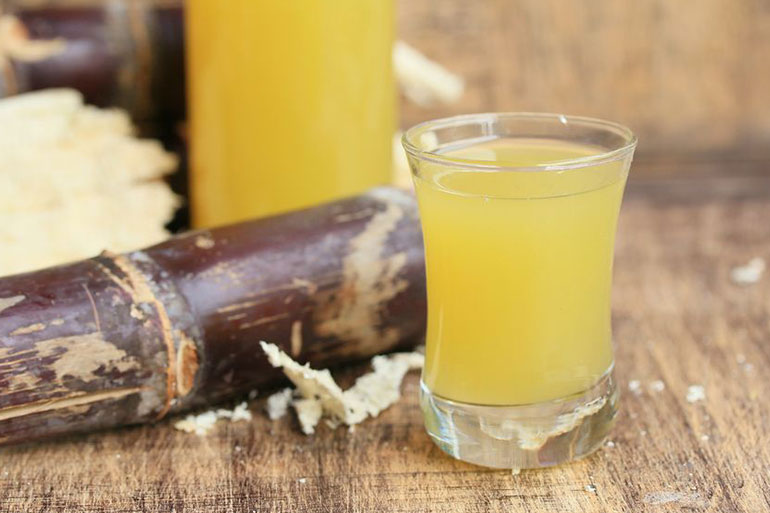
Sugarcane juice contains properties that help cool our body. Drinking a glass of sugarcane juice during hot, sunny days can considerably reduce body temperature.
11. Ice Cubes
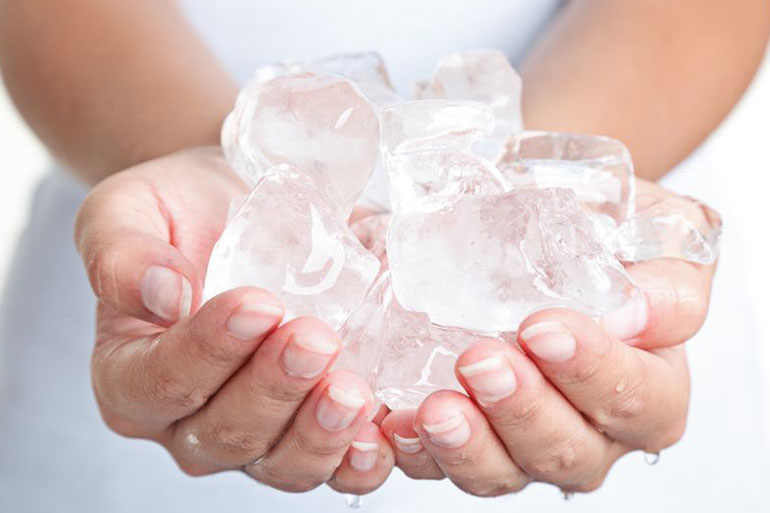
Ice cubes help soothe the skin and alleviate the redness and the irritation. It also reduces skin inflammation. Rub ice cubes gently on the affected skin or simply wash the skin with ice cold water.
12. Talcum Powder

Using a herbal talcum powder keeps your skin dry in the hot and humid conditions, which helps to heal the rashes quickly. But, avoid using scented talcum powder as it can aggravate the irritation.
Tips
To Prevent Heat Lumps
- Avoid wearing tight clothes that prevent aeration of your skin. Use cotton fabrics that promote air circulation and absorb sweat easily.
- Don’t use thick lotions or creams that clog your skin pores.
- Use mild and moisturizing soaps and avoid the ones that contain harsh chemicals, which increase skin dryness.
References

